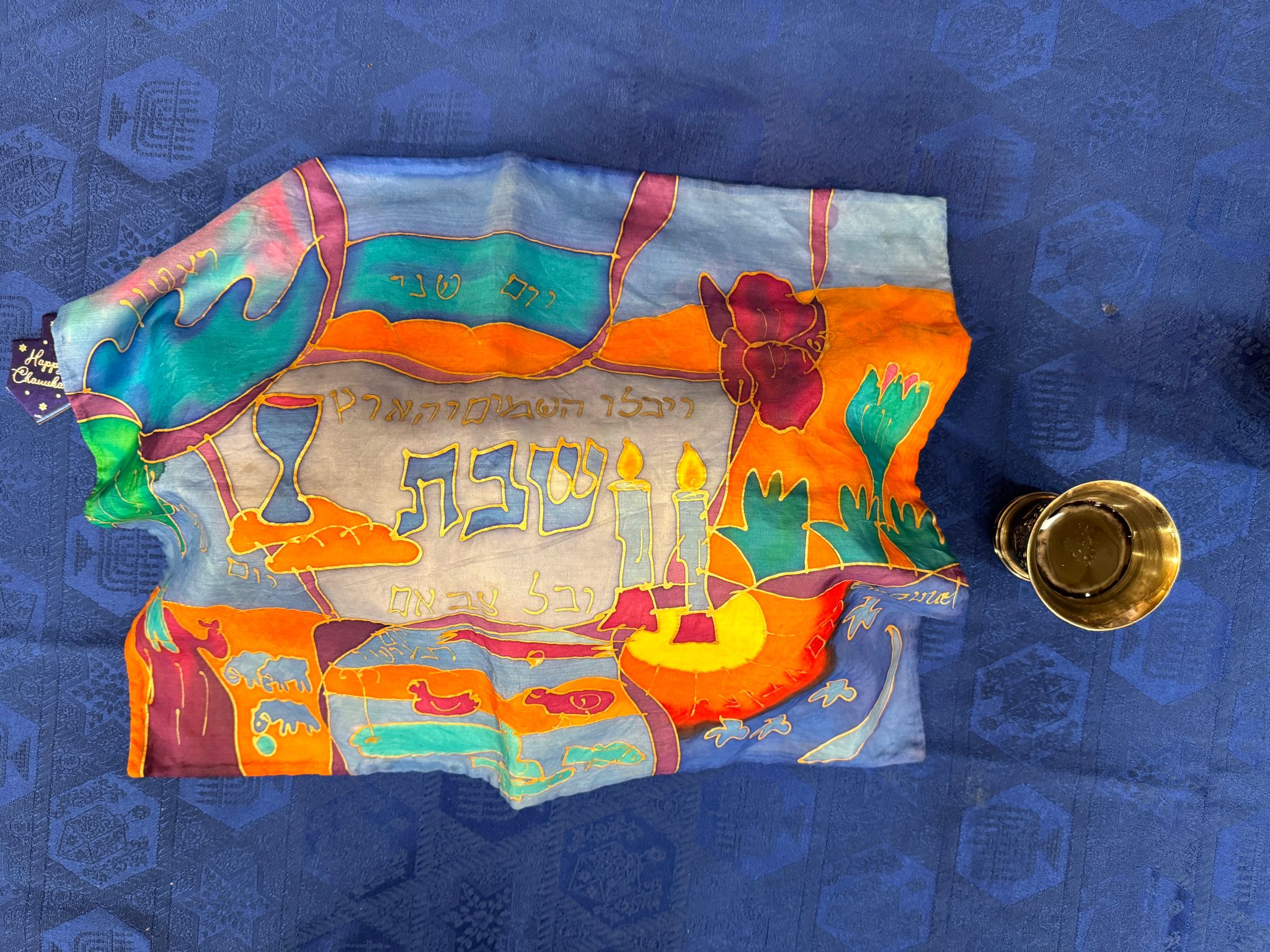Why Rosh Hashanah Challah Bread is a Symbol of Celebration
The Rich Tradition of Challah Bread
Rosh Hashanah, the Jewish New Year, is a time of introspection, renewal, and family gatherings. At the heart of these celebrations lies the beloved challah bread, which takes on a special round form for this occasion. Unlike the usual braided loaf enjoyed on Shabbat, the round challah is rich with symbolism and meaning.
The round shape of the Rosh Hashanah challah is symbolic of the cyclical nature of the year. This shape represents the idea of continuity and the hope for a year without end. It is a powerful reminder that time is a loop, encouraging reflection on the past and anticipation of the future.

Sweetness and Prosperity
Another significant aspect of Rosh Hashanah challah is its sweetness. Traditionally, this bread is made sweeter than usual, often incorporating raisins or a honey glaze. This sweetness is deliberate, representing the hope for a sweet and prosperous new year. As families gather around the table, they share in this symbolic act of tasting sweetness to usher in blessings.
In addition to sweetness, the use of honey during Rosh Hashanah extends beyond challah. Many Jewish families dip apples into honey during this festival, reinforcing the theme of sweetness. This ritual complements the sweet challah, enhancing the festive atmosphere and infusing it with joy and optimism.

The Significance of Roundness in Jewish Culture
The roundness of Rosh Hashanah challah also holds deeper cultural significance within Judaism. Circles in Jewish tradition often symbolize completeness and unity. By serving a round challah, families are reminded of their connection to one another and their shared history. This sense of unity is particularly poignant during Rosh Hashanah as it marks the beginning of the Ten Days of Repentance leading up to Yom Kippur.
Moreover, the unending circle embodies the concept of an eternal life cycle, a central theme in Jewish philosophy. It encourages individuals to consider their actions and their impact on both their personal lives and their communities.

Challah as a Centerpiece
During Rosh Hashanah, challah is more than just a food item; it becomes a centerpiece of celebration. Its unique shape and taste make it a focal point on the dinner table, sparking conversations about its significance and encouraging shared experiences. This communal aspect reinforces the bonds between family members and friends, aligning perfectly with the holiday's emphasis on reflection and renewal.
In many households, preparing challah for Rosh Hashanah is a cherished tradition passed down through generations. The process of kneading and shaping the dough becomes an act of love and devotion, further enhancing its role as a symbol of celebration and unity.

Baking and Sharing Traditions
The tradition of baking challah for Rosh Hashanah often involves sharing with others. Some families make extra loaves to give to friends, neighbors, or those in need, embodying the spirit of generosity and kindness that defines this holiday.
Sharing challah extends beyond physical nourishment; it's an act that fosters community ties and spreads goodwill. As each person partakes in this symbolic bread, they become part of a larger tradition that has been cherished for centuries.

A Timeless Symbol
In conclusion, Rosh Hashanah challah bread is much more than a festive food item; it is a timeless symbol rich with meaning and tradition. Its round shape signifies continuity and eternity, while its sweetness heralds hopes for prosperity and joy in the coming year.
As families gather to celebrate Rosh Hashanah, they are not only partaking in a meal but also engaging in a ritual that connects them to their heritage and each other. This cherished tradition ensures that each new year begins with hope, unity, and a taste of sweetness.